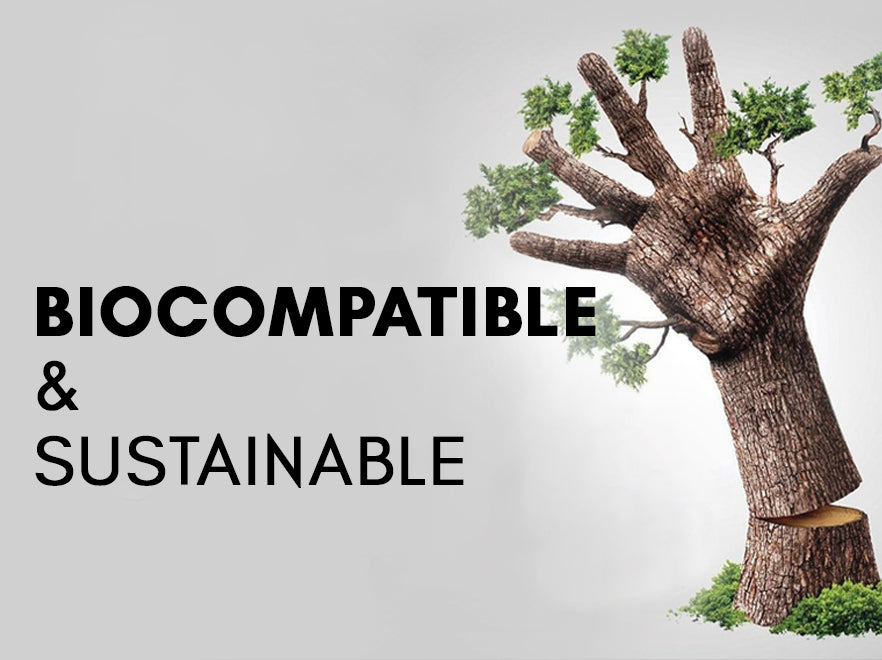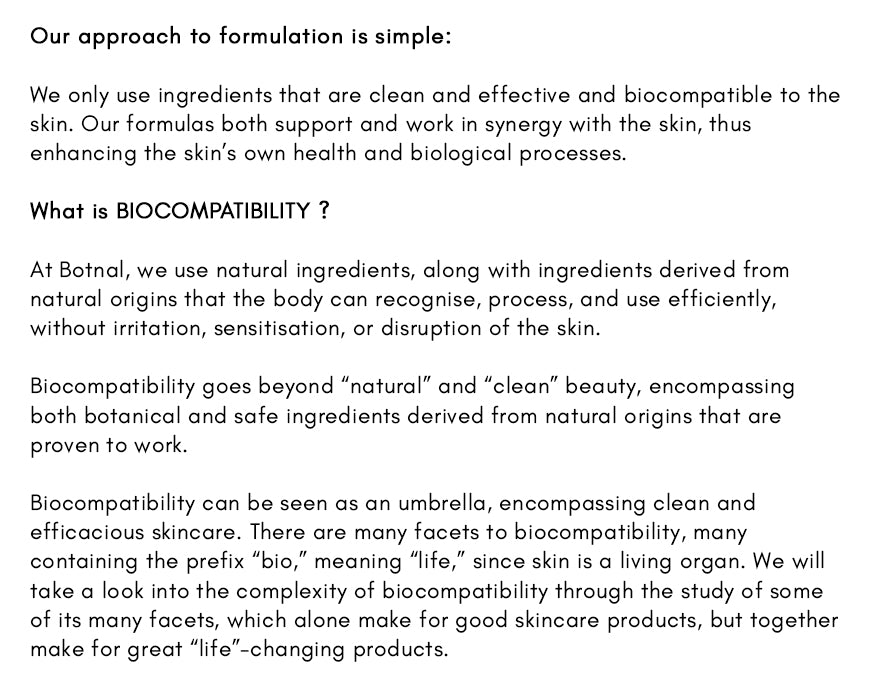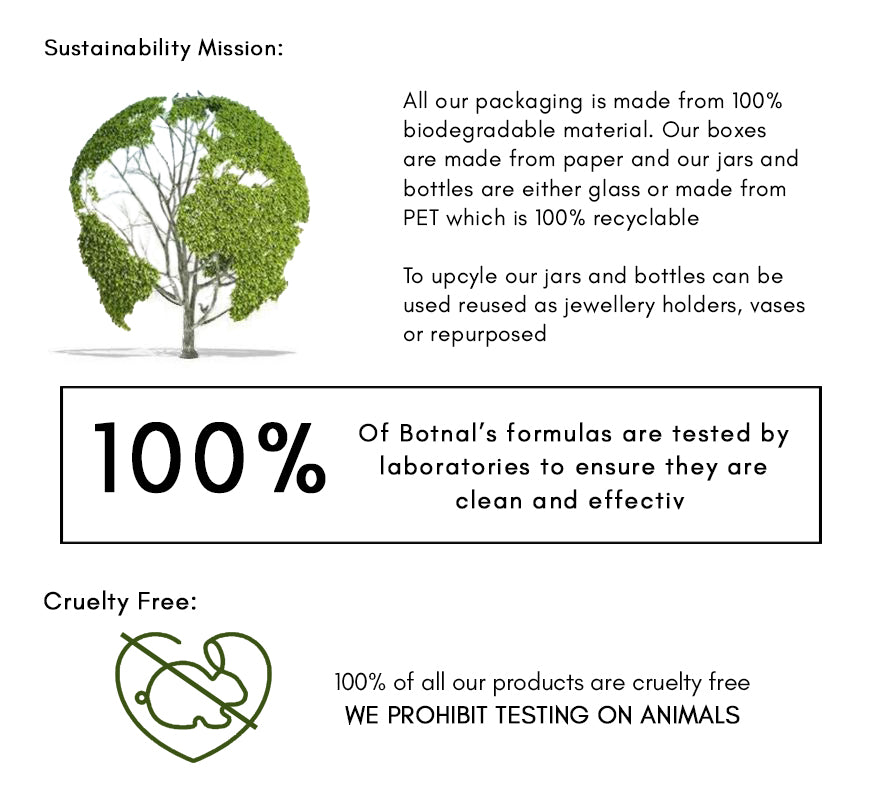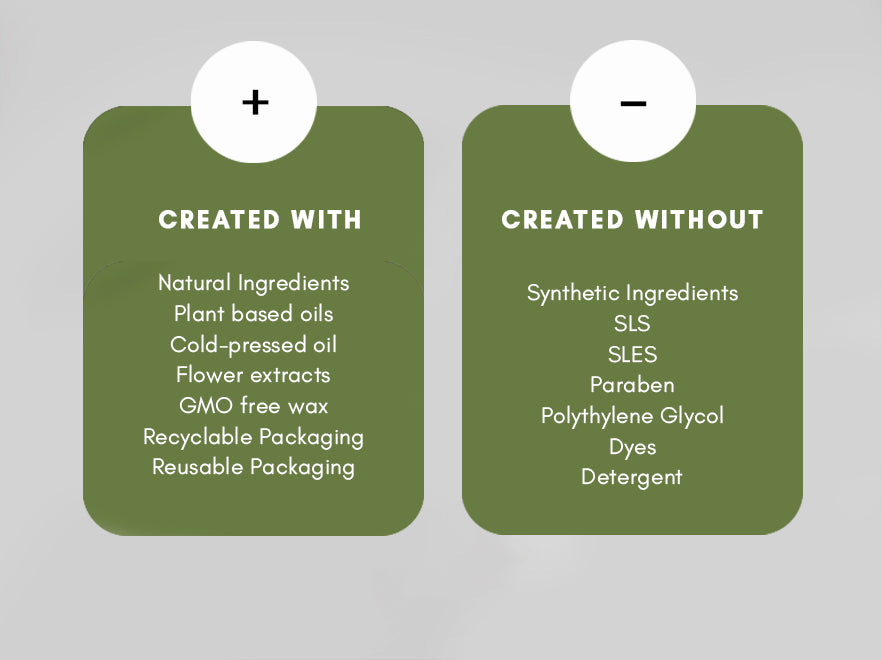Green Beauty: How Skincare Brands Contribute to Carbon Footprint Reduction
In an era where sustainability is paramount, skincare brands are stepping up to the challenge of reducing their carbon footprint. The beauty industry, known for its resource-intensive processes, is undergoing a transformative shift towards eco-friendly practices. In this blog post, we'll explore the innovative ways skincare brands are actively contributing to carbon footprint reduction, from sourcing raw materials to packaging and distribution.
- Sustainable Ingredient Sourcing:
One of the significant contributors to a brand's carbon footprint is the sourcing of raw materials. Skincare brands are increasingly turning to sustainable and responsibly sourced ingredients to minimize their environmental impact. This involves working with local farmers, adopting agroforestry practices, and choosing ingredients that require fewer resources to cultivate. By prioritizing sustainable sourcing, brands not only reduce their carbon footprint but also support ethical and eco-friendly practices.
- Carbon-Neutral Production Processes:
Skincare brands are investing in eco-friendly production processes to minimize their carbon emissions. This includes adopting energy-efficient technologies, optimizing manufacturing workflows, and utilizing renewable energy sources. Some brands are even going the extra mile by achieving carbon neutrality in their production, offsetting any emissions they can't eliminate by investing in projects that reduce greenhouse gases elsewhere.
- Innovative Packaging Solutions:
Traditional skincare packaging often contributes significantly to environmental waste. To address this, brands are embracing innovative packaging solutions that reduce both material use and carbon footprint. From recyclable materials to biodegradable options, brands are rethinking their packaging to align with sustainable practices. Some are even experimenting with refillable containers, allowing consumers to replenish their products without contributing to single-use plastic waste.
- Reduced Water Consumption:
Water is a precious resource, and skincare production can be water-intensive. Brands are implementing measures to reduce water consumption during manufacturing processes. This includes optimizing formulations to require less water, implementing closed-loop water systems, and investing in water recycling technologies. By prioritizing water efficiency, skincare brands contribute not only to reducing their carbon footprint but also to conserving vital resources.
- Local Sourcing and Manufacturing:
Reducing the distance between sourcing raw materials and manufacturing products is a key strategy in lowering the carbon footprint. Skincare brands are increasingly favoring local sourcing to minimize transportation-related emissions. Additionally, establishing manufacturing facilities closer to raw material sources helps further cut down on the environmental impact associated with long-distance transportation.
- Educating Consumers on Sustainable Practices:
Skincare brands are not only making changes behind the scenes but are also actively engaging and educating consumers. By promoting sustainable skincare practices, brands encourage consumers to use products mindfully, reduce overconsumption, and recycle responsibly. This education empowers consumers to make informed choices that align with a more sustainable lifestyle.
- Carbon-Neutral Shipping and Distribution:
The journey of a skincare product from the manufacturing facility to the consumer's doorstep contributes to its overall carbon footprint. To address this, brands are exploring carbon-neutral shipping options and sustainable distribution practices. This may involve partnering with eco-friendly shipping providers, optimizing logistics to minimize transportation-related emissions, and offsetting remaining carbon emissions through various initiatives.
Conclusion:
The beauty industry's commitment to reducing its carbon footprint marks a positive shift towards a more sustainable future. Skincare brands are at the forefront of this movement, implementing eco-friendly practices at every stage of their production and distribution processes. From sustainable ingredient sourcing to innovative packaging solutions and carbon-neutral shipping, these efforts collectively contribute to a greener and more responsible beauty landscape. As consumers, supporting skincare brands that prioritize sustainability sends a powerful message and encourages further positive change within the industry. Let's celebrate and champion those brands actively working towards a more sustainable and beautiful world.







